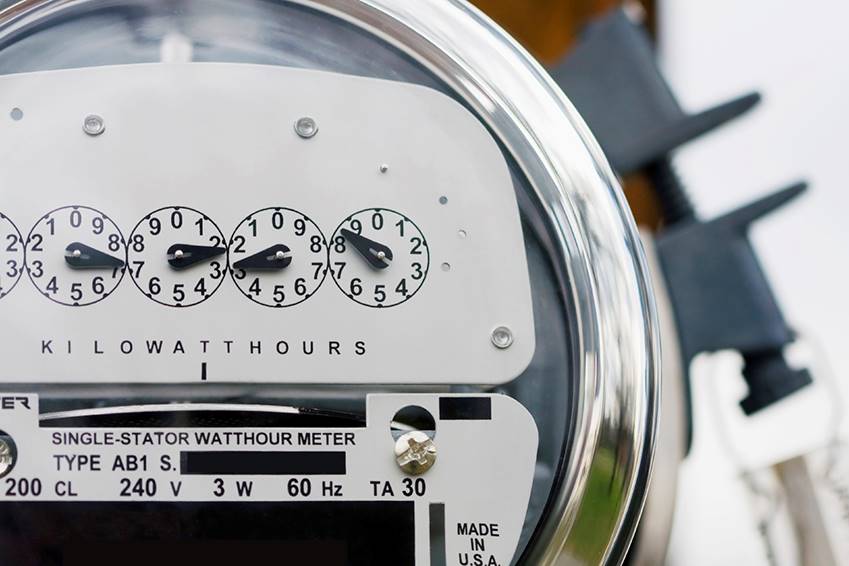 Energy audits help building owners identify potential measures to reduce consumption and utility costs and improve building system performance. Results from the audit enable facility managers to make informed decisions as to what energy conservation measures (ECMs) to pursue and in what order. The most common benchmark of building energy efficiency is the energy use index (EUI). The EUI calculates the energy consumed per square foot of area, enabling benchmarking for comparison between similar buildings in a geographic area. An EUI that is higher than other buildings of similar type and use is a strong indicator that an energy audit is required.
Energy audits help building owners identify potential measures to reduce consumption and utility costs and improve building system performance. Results from the audit enable facility managers to make informed decisions as to what energy conservation measures (ECMs) to pursue and in what order. The most common benchmark of building energy efficiency is the energy use index (EUI). The EUI calculates the energy consumed per square foot of area, enabling benchmarking for comparison between similar buildings in a geographic area. An EUI that is higher than other buildings of similar type and use is a strong indicator that an energy audit is required.
Audits can identify a number of ECMs dealing with heating, ventilating and air conditioning (HVAC) systems; lighting; building envelope; and controls. While building owners typically prioritize those measures reflecting low cost and quick payback, ECMs may often be bundled, allowing ECMs with quick payback to help pay for measures with longer payback periods. Certified energy auditors or energy management professionals can assist with the analysis and recommendations.
ASHRAE’s “Procedures for Commercial Building Energy Audits” defines three levels of audits. An ASHRAE Level 1 audit is a walk-through analysis, documenting systems and operations and providing a rough estimate of potential savings. A Level 1 audit concentrates on low-cost ECMs and often is used to determine whether further investigation is warranted. A Level 2 audit involves more rigorous analysis. It accurately estimates costs and savings potential and identifies prospective capital energy projects. A Level 3 audit is the most rigorous, often referred to as an investment-grade audit. A Level 3 audit involves a detailed analysis of the systems and complex energy models to accurately quantify savings for large capital measures and project return on investment.
States and local jurisdictions have adopted energy codes, many referencing the accepted industry standard for energy efficiency: ASHRAE Standard 90.1: Energy Standard for Buildings, Except Low-Rise Residential Buildings. The U.S. Department of Energy mandates states’ codes should be at least as stringent as 90.1-2010. Additionally, federal executive orders have mandated the reduction of energy consumption in government facilities. Finally, various local municipalities are enacting ordinances requiring owners to benchmark the energy use of their buildings, publicly posting the results for prospective tenants.
Hanson has extensive experience in assisting clients with energy audits and development of comprehensive energy plans. For more information, please contact JNoordzy@hanson-inc.com or RKnoedler@hanson-inc.com.